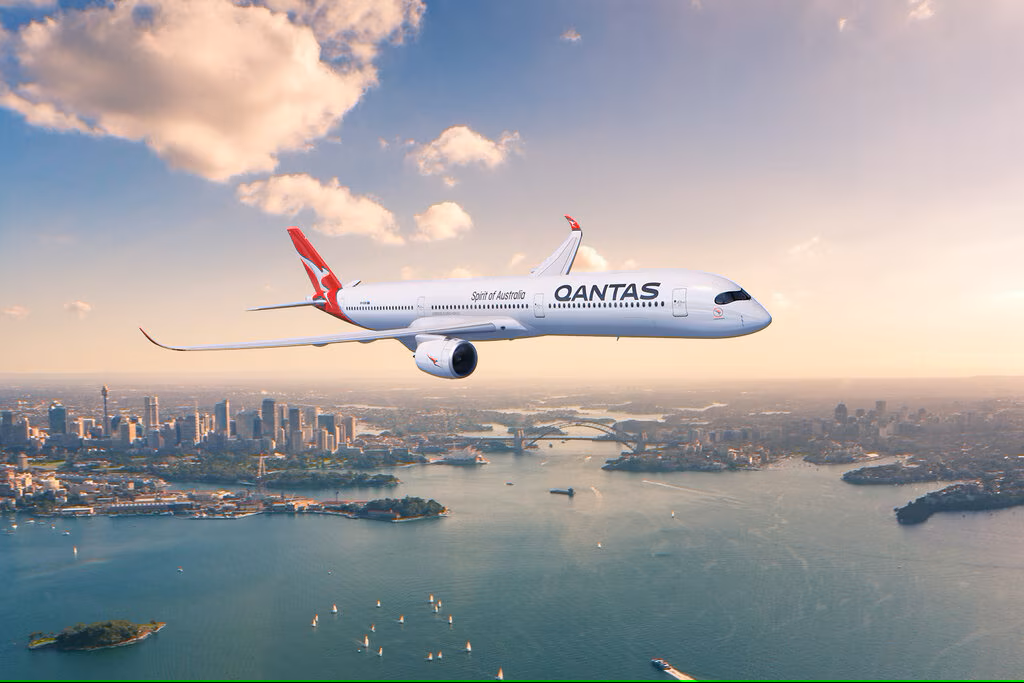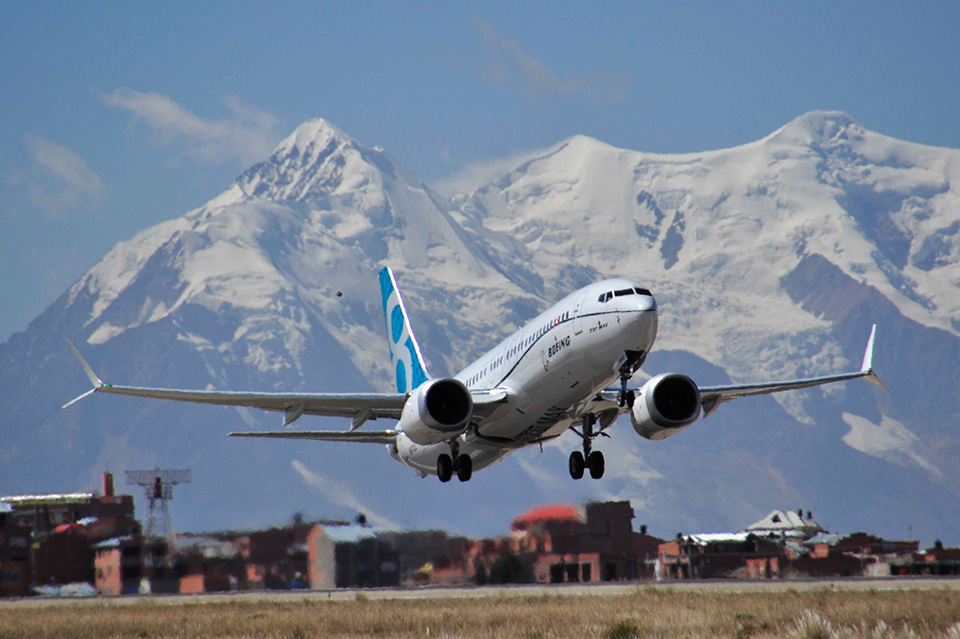Boeing’s slow climb back to credibility in the flying public’s eyes after the 737 MAX tragedies has been dealt a major blow with the crash of yet another 737 in Indonesia on Saturday.
The Sriwijaya Air loss — a 737-500 — that claimed 62 lives was the fourth fatal accident involving a 737 in the past 12 months.
READ: Black box recovered from Sriwijaya Air 737
READ: Qatar Airways A350 the ultimate Airbus aircraft.
A Ukraine International Airlines 737 was shot down in Tehran, a Pegasus Air 737 overran the runway in Istanbul in a violent storm and an Air India Express 737 also overran Calicut airport in India.
One of the reasons the 737 — and its competitor the A320 — are involved in more crashes is because they often operate in and out of short runways, in mountainous regions, and in countries with limited navigation aids.
The Air India Express accident in August last year was a classic case where the pilot landed the 737 almost 1000m down a tabletop runway and the aircraft plunged down a cliff.
Miraculously only 21 of the 190 on board were killed.
The sheer number of 737s and A320s, and the number of flights they perform every day — typically five or six sectors — mean they are in the news a great deal more than their more glamorous and much larger cousins the 747 and A380. Boeing has built over 10,600 737s and Airbus, 9572 A320s, compared to just over 1500 747s and 243 A380s.
The problem for Boeing, and the airlines that operate the 737, is that to the flying public a 737 is a 737.
There are however vast differences in the models.
The first 737 — the series 100 and 200 — could carry 124 passengers over 2,775km and were introduced in the last 60s.
The next model the 737-300/400/500/600 series was a major upgrade with CFM engines and today that line is called the “classics.”
Responding to the introduction of the Airbus A320 Boeing launched the 737 Next Generation (NG) series with the 700/800/900 models and these have been the most successful.
The NGs were a major upgrade aerodynamically and performance-wise and can seat up to 220 passengers and fly over 5,500km.
Boeing has built over 7000 of this model.
The safety of each upgrade has also improved dramatically up to the MAX.
The 737-100/200 series has a hull loss rate of 1.8 per million flights, while the classics hull loss rate is 0.76 per one million flights.
The NGs have dramatically reduced that to just 0.18 per one million flights, compared to a 747-400 which has a hull loss rate of 1.15.
However, the black mark is the MAX with a loss rate of 7.21 per one million flights, due to the fact there were so few flying when the two tragedies occurred in late 2018 and early 2019.
After a 20-month grounding to re-design its software and make other improvements, the MAX is now starting to return to service. The US and Brazil have lifted the grounding order and Europe and Canada are expected to follow later this month.
So far there has been no resistance from the public to flying on the MAX and a number of airlines — such as Alaska Airlines and Ryanair — have re-ordered the aircraft.
























